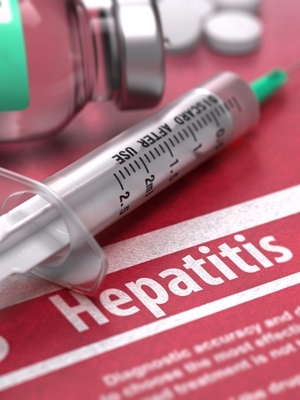
The Department of Health and Human Services has updated the National Viral Hepatitis Action Plan to include new indicators to measure the success of treatment and eventual elimination of the virus between 2017 and 2020.
There are 17 indicators used to measure progress, according to a news release from The AIDS Institute.
A few indicators also slash the number of new hepatitis B (HBV) and hepatitis C (HCV) infections by 60 percent while boosting the at-birth HBV vaccines to 85 percent, the institute said.
The action plan update also analyzes how "curative treatments for HCV can be used to reduce the number of people living with the virus,” The AIDS Institute said. Only 9 percent of HCV-infected have been cured since 2014, even though treatments with cure rates higher than 90 percent exist, according to the institute. More people being treated would lead to fewer infections, HCV-related deaths and liver cancer rates.
The action plan now outlines strategies that would prevent new viral hepatitis infections, cut down on hepatitis-related deaths, advance the health outcomes of viral hepatitis sufferers and follow the application of viral hepatitis activities across the country, The AIDS Institute said.
“The AIDS Institute applauds the Department of Health and Human Services on its 2017-2020 update to the ‘National Viral Hepatitis Action Plan’ and urges President Trump and his administration, along with Congress, to fully implement and fund it in order to begin to eliminate viral hepatitis in the United States,” Carl Schmid, deputy executive director of The AIDS Institute, said in the release.


